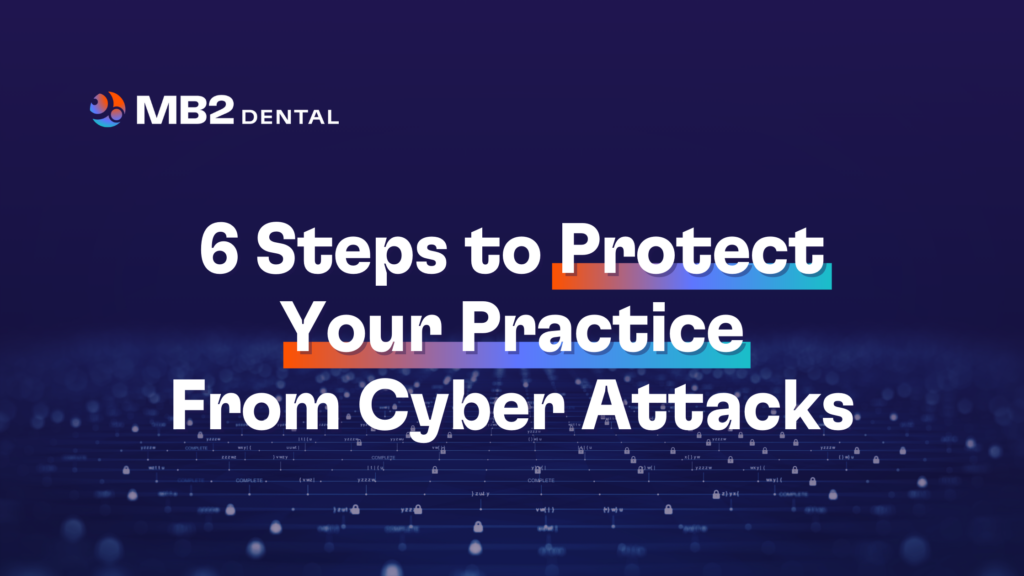
As guardians of sensitive patient information, dentists must prioritize cybersecurity. Here are a few practical tips to ensure your practice’s safety and explore common threats such as phishing and vishing.
What is Phishing & Vishing?
Phishing and vishing are two prevalent forms of cyber-attacks. Phishing typically involves deceptive emails or websites designed to steal sensitive information, while vishing uses phone calls or voice messages to accomplish the same goal. Both cyber-attacks rely on social engineering to trick victims into divulging confidential data. Dentists and their teams must be vigilant, as these attacks can lead to data breaches, financial losses, and damage to the practice’s reputation.
To protect your dental practice, begin by implementing a comprehensive cybersecurity strategy. This includes regular team training on recognizing and reporting suspicious communications, using strong and unique passwords for all accounts, and employing multi-factor authentication where possible. Additionally, ensure your practice’s software and systems are regularly updated and backed up securely.
By staying informed and proactive about cybersecurity, you can significantly reduce the risk of being a cyber-attack victim. Remember, protecting your patient’s data is not just a legal obligation but a fundamental aspect of maintaining trust in your dental practice.
Here are six tips to start boosting your dental practice’s cybersecurity:
- Educate Your Team: Regular training sessions on identifying phishing emails, vishing attempts, and other cyber threats are crucial. Empower your team to be the first line of defense.
- Implement Strong Password Policies: Require complex, unique passwords for all accounts and systems. Consider using a password manager to generate and store secure passwords.
- Use Multi-Factor Authentication: Add an extra layer of security by requiring a second form of verification, such as a text message code, for accessing sensitive systems.
- Keep Software Updated: Regularly update all software, including practice management systems, to patch security vulnerabilities.
- Secure Your Network: Use a robust firewall, encrypt your Wi-Fi, and consider using a Virtual Private Network (VPN) for remote access.
- Backup Data Regularly: Implement an automated, encrypted backup system to protect against data loss from ransomware or other cyber-attacks. This should include a local and cloud backup for redundancy.
“At MB2, we’ve made significant investments in cutting-edge cybersecurity tools and technology to proactively protect our offices against the growing threat of cybercriminals. It’s never been more important to ensure comprehensive protection with robust backup software on and offsite, fully managed antivirus systems and continuous monitoring of all assets within your environment.” – Thomas Southam, Chief Compliance Officer
Following these tips can significantly improve your dental practice’s cybersecurity strategy. Remember, cybersecurity is an ongoing process, not a one-time fix. Stay vigilant, keep learning, and prioritize protecting your patients’ data to maintain a trusted and secure dental practice.

